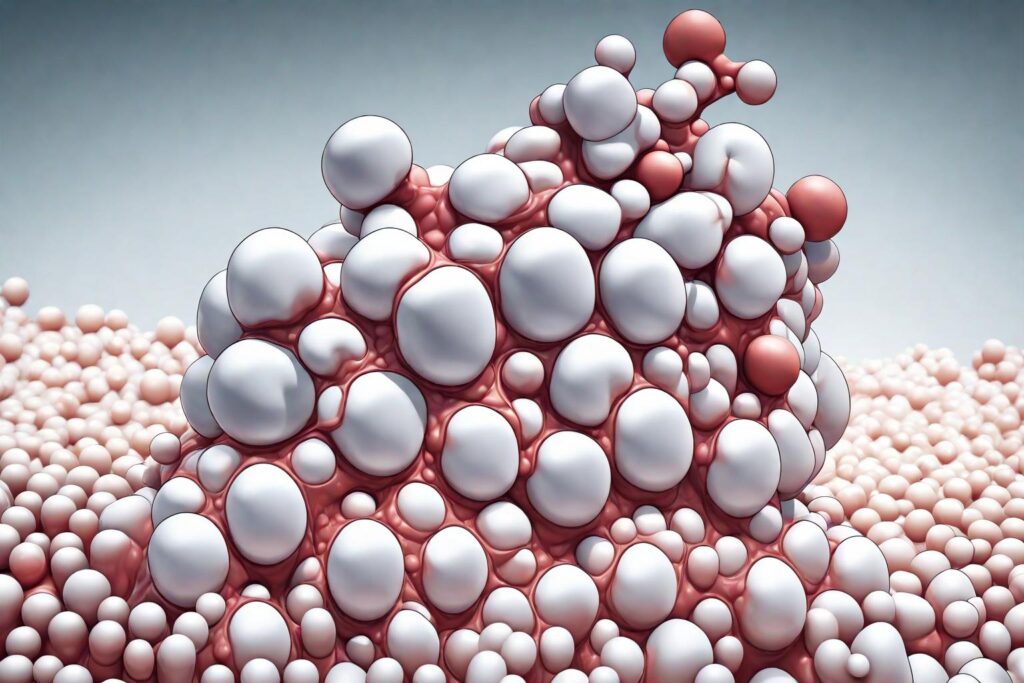Introduction:

The salicylic acid serum has become a staple in skincare routines for its ability to effectively combat acne, unclog pores, and reveal smoother, clearer skin. However, proper application is key to maximizing its benefits without causing irritation or dryness. In this comprehensive guide, we’ll walk you through the steps of How to apply salicylic acid serum on face for optimal results.
You must read this also How many oranges a day to lose weight: A Simple Guide(2024)
Table of Contents
Understanding Salicylic Acid:

Before diving into the application process, it’s essential to understand what salicylic acid is and how it works. Salicylic acid is a beta hydroxy acid (BHA) known for its exfoliating properties. It penetrates deep into the pores to dissolve excess oil, dead skin cells, and other impurities, making it an effective treatment for acne, blackheads, and whiteheads.
Step-by-Step Guide of how to apply salicylic acid serum on face:

- Start with a Clean Canvas: Begin by cleansing your face with a gentle, pH-balanced cleanser to remove any dirt, oil, or makeup. Pat your skin dry with a clean towel, ensuring it’s scorched before proceeding to the next step.
- Patch Test: Before applying the salicylic acid serum to your entire face, perform a patch test on a small area of skin to check for any adverse reactions or sensitivity. Wait at least 24 hours to ensure no negative reactions before proceeding.
- Apply a Thin Layer: Dispense a small amount of salicylic acid serum onto your fingertips or a cotton pad. Start with a pea-sized amount for the entire face, focusing on areas prone to breakouts or congestion. Gently smooth the serum over your skin, avoiding the delicate eye area.
- Allow Absorption: Give the serum some time to absorb into your skin before applying any additional skincare products. This allows the salicylic acid to penetrate deeply into the pores and work its magic.
- Moisturize and Protect: Once the serum has been absorbed, follow up with a lightweight moisturizer to hydrate and nourish the skin. Finish off your skincare routine with broad-spectrum sunscreen, especially if you’re applying salicylic acid serum in the morning, as it can increase sun sensitivity.
- Frequency and Consistency: For beginners, start by using salicylic acid serum once every other day to gauge your skin’s tolerance. Over time, you can gradually increase the frequency to once daily or as recommended by a dermatologist. Consistency is key to seeing long-term results, so incorporate salicylic acid serum into your skincare routine regularly.
Tips for great Results:
Avoid using salicylic acid serum in conjunction with other potent exfoliating ingredients, such as retinoids or alpha hydroxy acids (AHAs), to prevent over-exfoliation and irritation.
If you experience any stinging, redness, or excessive dryness, decrease the frequency of use or consult a dermatologist for personalized advice.
Remember to always follow up with sunscreen during the day, as salicylic acid can increase skin sensitivity to UV rays.
Be patient and consistent with your skincare routine. It may take several weeks to notice significant skin texture and clarity improvements.
What are some side effects of salicylic acid?

Salicylic acid is generally considered safe for topical use, but it can cause some side effects in rare cases. Some of the common side effects of using salicylic acid are skin irritation, redness, and dryness. Other potential side effects include:
- Difficulty breathing
- Diarrhea
- Light-headedness
- Severe burning of the skin or dryness
- Swelling of the lips, face, tongue, or throat
If you experience any of these symptoms after using salicylic acid, stop using the product immediately and seek medical attention . It’s also important to note that salicylic acid can make your skin more sensitive to the sun, so it’s essential to use sunscreen when going outside .
If you have any concerns or questions about using salicylic acid, it’s great to consult with a dermatologist . They can help you determine if salicylic acid is right for you and provide guidance on how to use it safely.
Please note that these are general guidelines, and it’s always great to follow the instructions provided by the specific product you’re using.
What is the difference between salicylic acid and benzoyl peroxide?

- Salicylic acid and benzoyl peroxide are two of the most popular acne-fighting ingredients. They both help clear mild acne and prevent future breakouts, but they work in different ways .
- Salicylic acid is a beta-hydroxy acid that works by exfoliating your skin and unclogging your pores. It’s great suited for blackheads and whiteheads .
- Benzoyl peroxide, on the other hand, is an antibacterial agent that works by killing the bacteria that cause acne. It’s great suited for traditional red, pus-filled pimples (pustules) .
- Both ingredients can cause dryness and irritation when you first start using them, but benzoyl peroxide is generally more drying than salicylic acid . Salicylic acid is also less likely to cause skin irritation and is generally considered safe for topical use .
- It’s important to note that salicylic acid and benzoyl peroxide should not be used together on the same area of skin, as they can cause excessive dryness and irritation .
- When choosing between salicylic acid and benzoyl peroxide, consider the type of acne you have and the severity of your breakouts. If you have mild acne, both ingredients can be effective, but if you have severe acne, you may need to consult with a dermatologist for more advanced treatment options .
Please note that these are general guidelines, and it’s always great to follow the instructions provided by the specific product you’re using.
Can I use salicylic acid and retinol together?

Yes, you can use salicylic acid and retinol together, but it’s important to use them correctly to avoid skin irritation. Salicylic acid is a beta-hydroxy acid that exfoliates your skin and unclogs your pores, while retinol is a vitamin A derivative that increases skin cell turnover and renewal, boosts collagen production, reduces sun damage and pigmentation, improves the appearance of wrinkles, and increases skin hydration .
When using salicylic acid and retinol together, it’s better to start by using them on different days to see how your skin reacts. Begin by using salicylic acid once or twice a week and retinol once a week. If your skin tolerates both products well, you can gradually increase the frequency of use .
It’s also important to use a gentle cleanser and moisturizer when using salicylic acid and retinol together. Avoid using other exfoliating products, such as scrubs or peels, as they can cause excessive dryness and irritation .
Please note that these are general guidelines, and it’s always great to follow the instructions provided by the specific product you’re using. If you have any concerns or questions about using salicylic acid and retinol together, it’s better to consult with a dermatologist.
Conclusion:
By following these simple yet effective steps for applying salicylic acid serum to your face, you can harness its powerful benefits for clearer, healthier-looking skin. Remember to prioritize gentle cleansing, patch testing, and moisturizing to complement the exfoliating properties of salicylic acid. With regular use and proper care, you’ll be well on your way to achieving a smoother, more radiant complexion.

